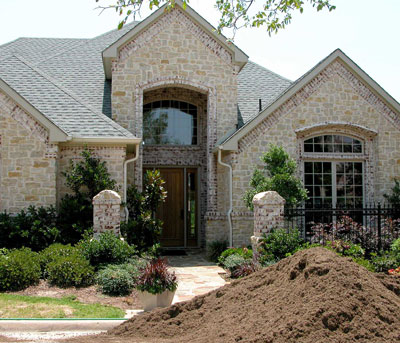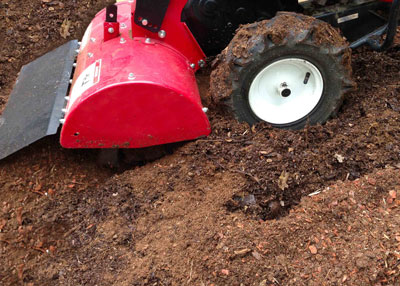Getting Ready to Grow
If you listed all the reasons why gardeners run into trouble, inadequate soil preparation would probably rank near the top. Everybody wants to talk about their new house design, the rooms and the furniture. Nobody wants to hear about its foundation. And so it is with gardening.
We’re at the lead end of the planting season, so it’s the perfect time to jot down pointers in getting your soil ready.

Basics of good bed preparation…
• Organic matter is the beginning. Whether you’re amending a heavy clay gumbo or a porous sandy soil, organic matter will be your best ally. It breaks up the clay and it helps the sand retain moisture and nutrients. No matter where you live now or into the future, the best thing you can add to your garden to make its soil better will always be organic matter.

• It’s best to use a combination of several different types of organic matter for the longest possible period of soil improvement. Well-rotted compost, sphagnum peat moss, processed manure and finely ground bark mulch are all excellent examples. For flowers and vegetables it’s usually best to start with a blend of 5 inches of these materials.

• Include 1 inch of expanded shale if you’re amending a clay soil. Expanded shale is a clay product that has been heated until it pops into porous granules. It takes the place of any sand you might have added in past years. Texas A&M research has shown that expanded shale continues to make clay soils better for 5 to 10 years.

• Rototill to combine all of the amendments into the top foot of topsoil. Use a rear-tine tiller for the best job of mixing. By preparing the soil now you’ll allow it several weeks to “mellow” before you start your spring plantings.
• In future seasons you’ll want to add supplemental organic matter in half those amounts every year. Replenish the expanded shale when it’s no longer visible as you till.
• Drainage is a concern during extended periods of rain. By the time you have added organic matter and expanded shale to the garden, you probably will have raised the grade by several inches. Taper your beds down to the top of your edging, timbers or retaining stones, and the grade change will provide quick runoff of heavy rains. Don’t let the soil pile up over drain holes.
• Have your gardens’ soils tested every three or four years to monitor levels of nutrients. Nitrogen will almost always be lacking, but watch for accumulations of phosphorus (middle number of the three-number analysis). Don’t be surprised if the soil test report warns you to use an all-nitrogen fertilizer, even for flowering and fruiting crops. Texas A&M offers accurate soil tests at affordable rates. All the necessary information and instructions are available at the TAMU Soil Testing Lab’s website.
